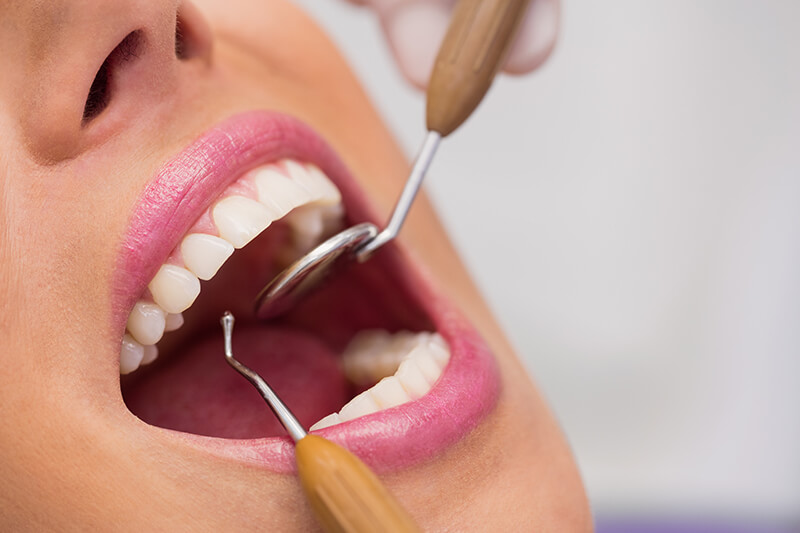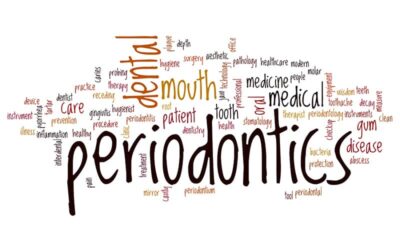Regarded as a leading cause of tooth loss among children and older people, a fractured tooth is a break or crack in the hard shell of the tooth. Also called cracked tooth syndrome, (CTS), the crack can be small or harmless and cause the tooth to break or split. A crack in the tooth can occur due to a variety of causes like chewing/biting hard foods/objects, blows to the mouth (due to accidents or injuries), abrupt changes in temperature in the mouth, pressure from teeth grinding, and aging. Fractures can affect some or all of these layers of the teeth and the pain associated with the condition tends to come and go. If left untreated, the condition can cause severe pain, infection or tooth loss. Treatment modalities for the condition may depend on the type, location and severity of the fracture. Billing and coding for this dental condition can be challenging. Dentists and other specialists providing treatment for this mouth condition need to ensure that the medical billing and coding for the same is done appropriately on the medical claims. Relying on the services of an established dental billing company would be a practical solution for timely claim filing and correct reimbursement.
Symptoms of Fractured Tooth
Fractures occur most often on the upper front teeth and the teeth toward the back of the lower jaw (mandibular molars). Not every type of cracked tooth will necessarily cause or produce symptoms. Some of the common symptoms include – pain when eating (particularly when chewing or biting), swelling around the cracked tooth, sensitivity to temperature changes (like heat, cold, or sweetness), pain that comes and goes (but is rarely continuous) and discomfort around the teeth and gums (that is hard to pinpoint).
Diagnosing and Treating Fractured Tooth
If the crack is not visible, dentists will begin their diagnosis by evaluating the dental history, signs and symptoms and the top factors that tend to cause these symptoms. They will also perform a detailed examination of the teeth, (possibly using a magnifying glass) to identify the cracks. They will check the gums for signs of inflammation as cracks in the teeth tend to irritate the gums. In addition, they will ask patients questions about any possible trauma or injury that they have experienced. Dentists may perform an X-ray of the teeth. Even though X-rays do not always necessarily reveal the crack, it can reveal problems in the pulp of the teeth, which can indicate whether a crack is present.
Treatment modalities for fractured tooth depend on the size of the crack, severity of damage, symptoms and the location of the crack, and whether it extends into the gum line. Depending on these factors, dentists may recommend specific treatment modalities including – bonding (repairing the crack with plastic resin), using a filling, gluing on the chipped or broken part of a tooth, and dental crown (using a cap that entirely covers the cracked tooth) and tooth extraction. Treatment procedures must be documented using the right medical codes. Billing and coding services provided by reputable medical billing companies ensure this so that accurate claim submission are done.
ICD-10 Codes for Fractured Tooth
- S02.5 Fracture of tooth (traumatic)
- S02.5XXA…… initial encounter for closed fracture
- S02.5XXB…… initial encounter for open fracture
- S02.5XXD…… subsequent encounter for fracture with routine healing
- S02.5XXG…… subsequent encounter for fracture with delayed healing
- S02.5XXK…… subsequent encounter for fracture with nonunion
- S02.5XXS…… sequela
Cracked teeth are not always preventable, but practicing good dental hygiene habits can help reduce the risk of cracked tooth syndrome. These include – avoiding chewing on hard foods, putting an end to habits that may damage the teeth, such as grinding or biting on pens, and wearing a mouth guard to protect teeth (while playing sports or grinding teeth at night). In addition, practicing good dental hygiene (brushing twice a day, flossing daily) and visiting the dentist every six months for preventive care can help prevent the occurrence of the condition in the long run.
Healthcare providers need to be well-informed about the specific ICD-10 codes to report cracked teeth. Dental medical billing services provided by AAPC-certified coders can help physicians optimize reimbursement for the services they offer.




